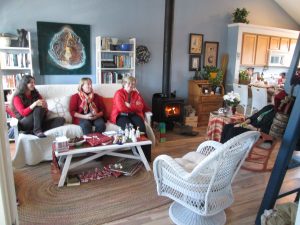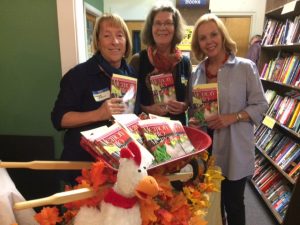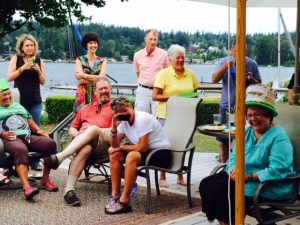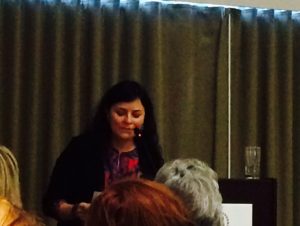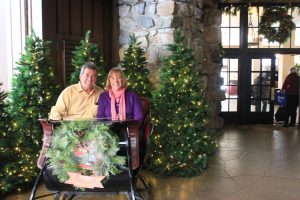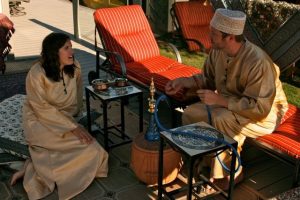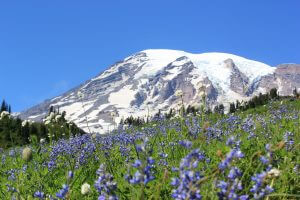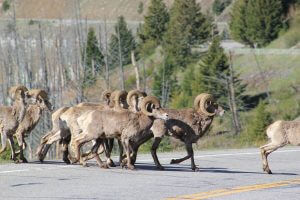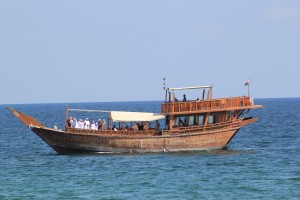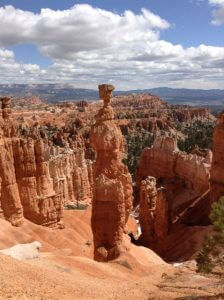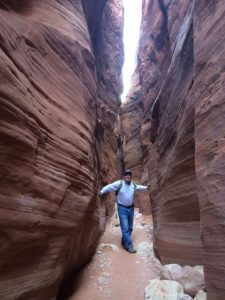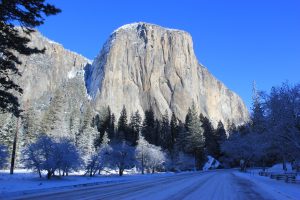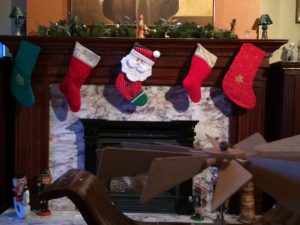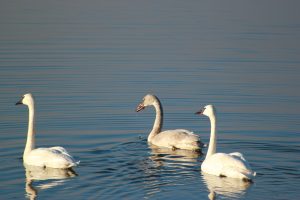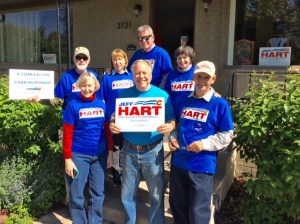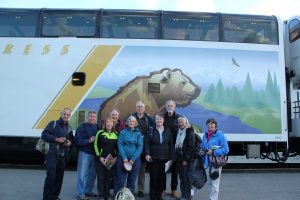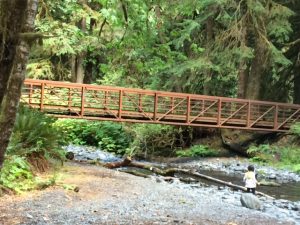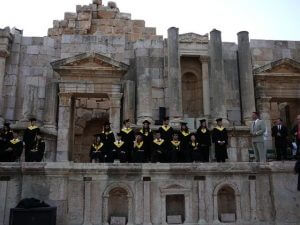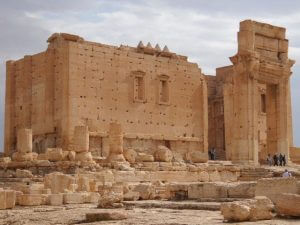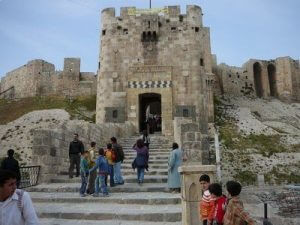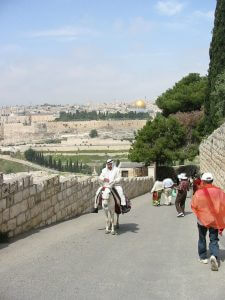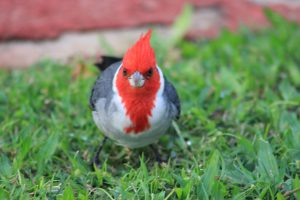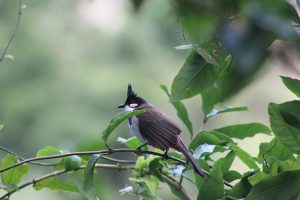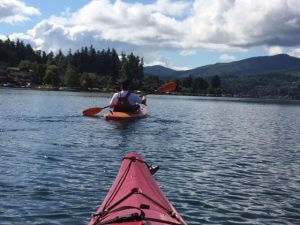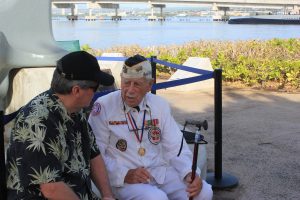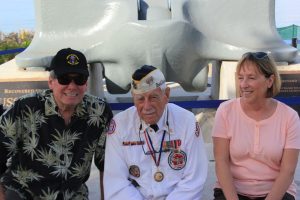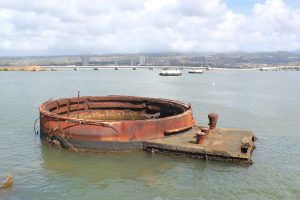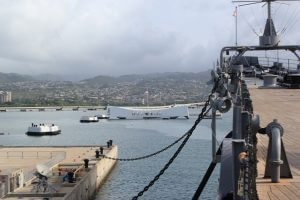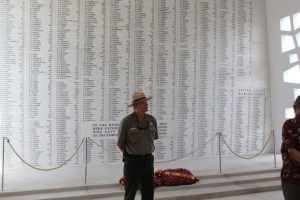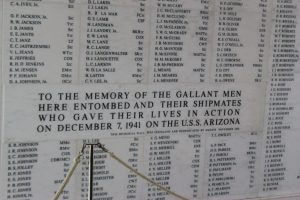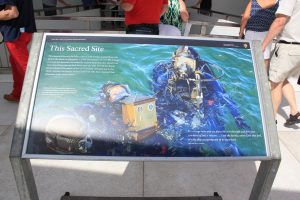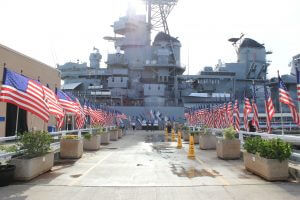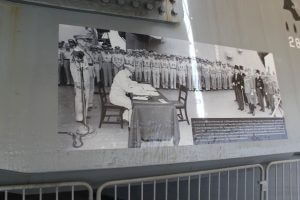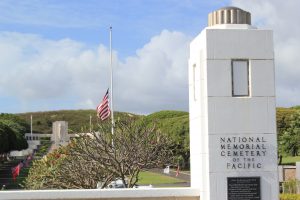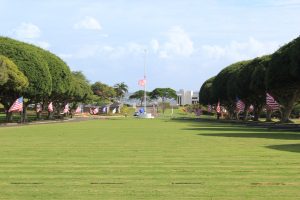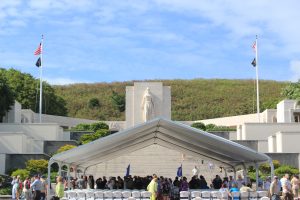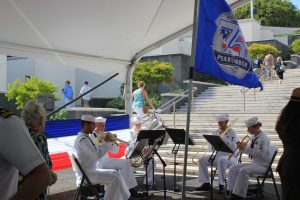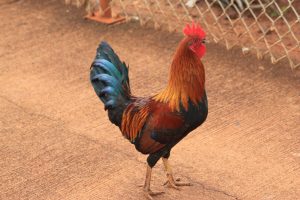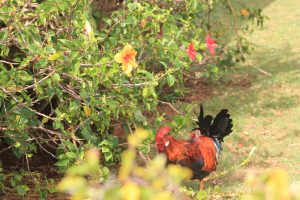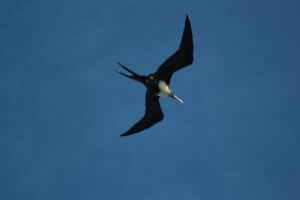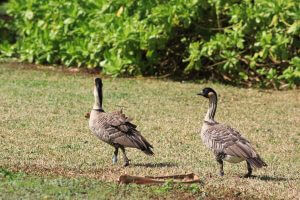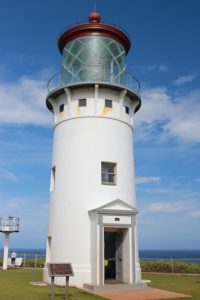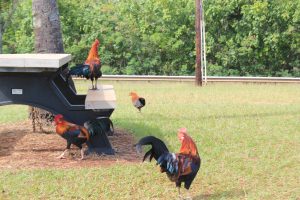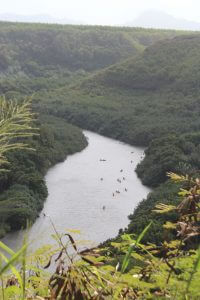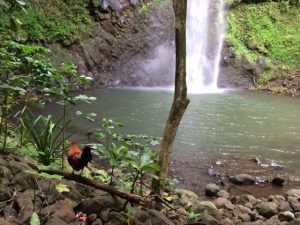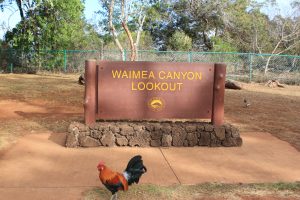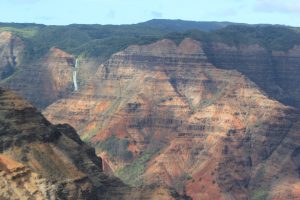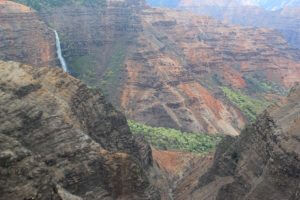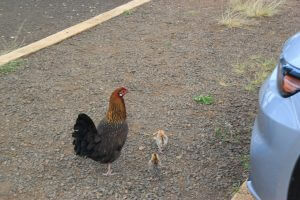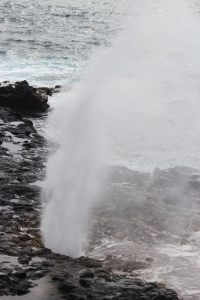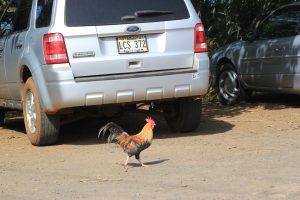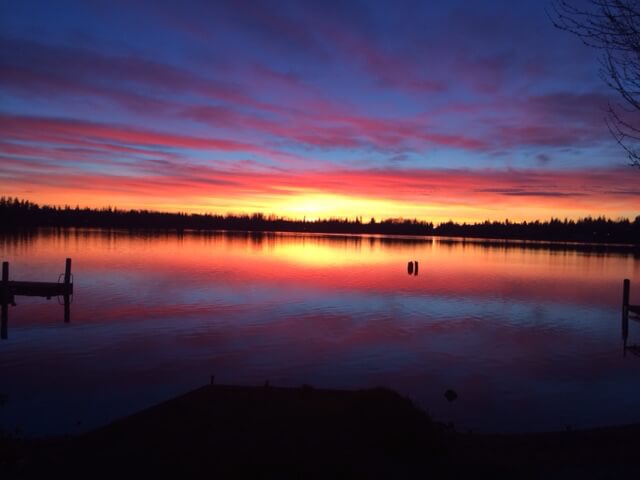
2017: Let’s Ring in the Positive
As the sunsets on 2016, here is an opportunity to reflect on the happy colors in your life. There is no such thing as too much positivity. I’m participating in the activity below, to list 50 good things about this year. I share my list below in order to encourage you to think of yours. If you want to read other lists, go to Dawn Landau’s blog, Tales From the Motherland. If you are a blogger, help Dawn Landau and others flood the blogosphere with joy!
2016 has been a difficult year on so many levels. Regardless of how you voted, the election season was rough! So many ugly things to digest and so much drama. And this is on top of the other setbacks you may have experienced. For me, it felt like punch after punch some weeks. So let’s flip the switch and flood the internet with gratitude and happy thoughts. Let’s ring in 2017 on a positive note! Join us and spread positivity!
Instructions for Bloggers
To join us for this project: 1) Write your post and publish it (please copy and paste the instructions from this post, into yours); 2) click on the link to this/Dawn’s post — link is above; 3) Then, click on the blue frog at the very bottom of Dawn’s post. 4) That will take you to another window, where you can paste the URL to your post. 5) Follow the prompts, and your post will be added to the Blog Party List. And let’s all use the hashtags #BloggersUnite or #50HappyThings, cause everything needs a hashtag.
My list, not in order of importance:
- Freedom to write
2. My writing group’s valuable critique
3. Hanging out with writers
4. 45 Years of Adventures in Marriage
5.Church
6.My Bellingham friends
7.My awesoome neighbors
8.My happy kids
9.Travel this year
10.National Parks
11.Flexibility of my job
12.My home
13.Our lake
14.Our boats
15.Birds on our lake
16.Frankfurt friends who travel with us
Travel Friends
17.Tolerance
18.President Obama
19.Michelle Obama
20.Pickford Movie Theater
21.Washington State Wines
22.Open mindedness of Western Washington
23.The internet
24.My computer
25.My iPhone
26.My nieces
27.My brothers and sister + my living parents’ health and longevity
28.The common history I share with my husband
29.Beauty of the Pacific Northwest
30.Teaching overseas
31.Student camping trips in Ghana
32.Human Rights work in Ghana
33.Save the Turtles in Ghana
34.Mediation training and employment in Virginia
35.College basketball on TV
36.Working at Eastside Preparatory School
37.Experiencing life in a dictatorship in Congo and Syria
38.Going to East Berlin before the wall came down
39.Enjoying my son’s home in East Berlin after the wall
40.Living in Jordan so close to Jerusalem
41.My diplomatic passport
42.Seeing friends in Phoenix during Spring Training
43.Yoga at the YMCA
44.Fund-raising for Rick Larsen
45.Birding in Hawaii
46.Kayaking in Hawaii
47.Kayaking on Lake Whatcom
48.Good health
49.Ability to hike
50.Mount Baker so close
51.Craft beer
52.Andrea’s help with my blog
53.Writing for my blog
54.My new State Department friends retiring to Bellingham
55.Dungeness Crab
56.The San Juan Islands so close
57.Washington State Ferries
58.Jeff’s anniversary present, a stay at the Shangri-La in Oman
59. Jeff and Roxy in Denver
60. Hank and Helen in Olympia
61. George and Dottie in NoVa
62. Jack and Jan in NoVa
63. Rich and Maryann in NoVa
64. Keith and Judy in Richmond, Va. and Maine
65. Richard and Tacla in Rome
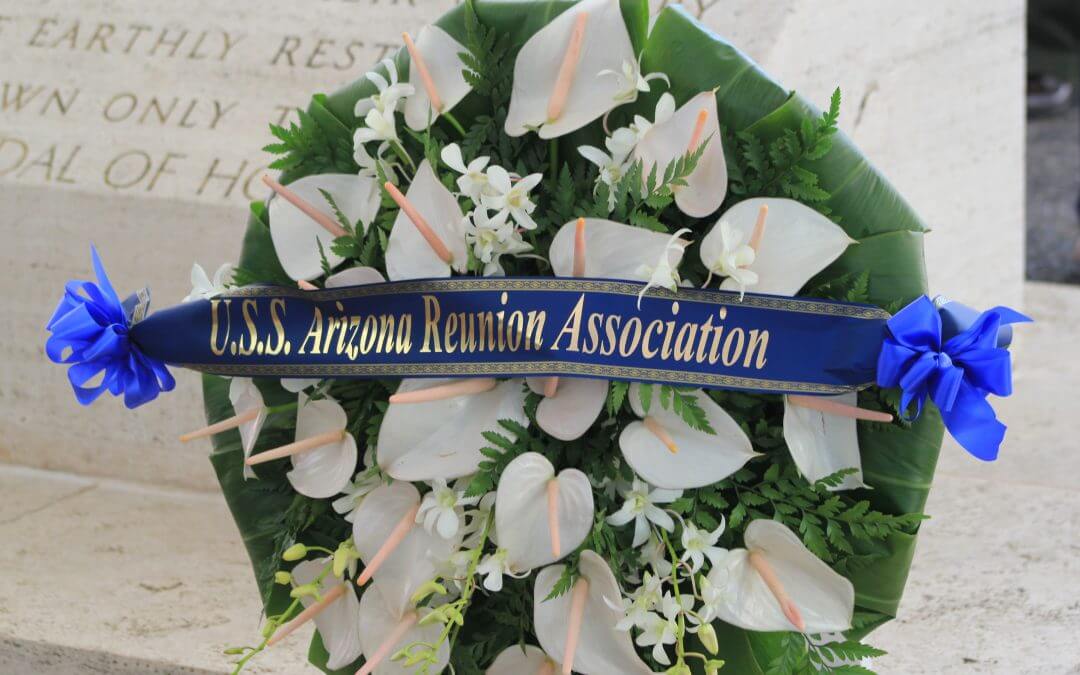
Pearl Harbor: Who Were the Heroes?
The WWII Valor in the Pacific National Monument at Pearl Harbor is a testimony to American resilience. It’s the bookend story of World War II where the war began and where it ended with Japan’s surrender aboard the USS Missouri.
This week our country commemorates the heroes (I’ll define that later) of Pearl Harbor. From December 1-11 many special events are open to the public, and on Wednesday, December 7th, ceremonies will air on national TV.
“By all rights, I shouldn’t be here.” (Wally Walling)
This 75th-year Celebration may be more meaningful than the Centennial because four of the five living survivors from the USS Arizona and 120 other survivors will participate in Wednesday’s ceremonies. Most are in their 90’s and older.
Right after arriving at the Harbor on Friday morning, my husband and I met, by chance, one of those survivors, Delton (Wally) Walling, 95.
Lucid and eager to talk, Wally revealed to us how life has a funny way of working itself out. In 1941, he was twenty years old and assigned to one of the ships based at Pearl. That December it was in dry dock for a few weeks, so the crew members were reassigned to other duties, with Wally sent to the control tower.
On December 7th, he wasn’t scheduled to work until 4 p.m., but he dropped by the tower in the morning. And then it happened, the the first wave of Japanese planes. From the highest point on Ford Island, he witnessed the whole attack, a 360 view of devastation. With all the smoke and fire, a lot of the attack became obscured from view. Yet all of the details of the event, including the times, like 7:56 a.m., “are seared in my memory.”
In five minutes, his whole outlook on life changed. Where once he thought the U.S. was invincible, that suddenly became untrue.
He spent the rest of his time in the Pacific on a ship assigned to rescue. His job was to sew the deceased and their identifying effects into canvas bags. Identification of the fallen has been a theme this week.
Yet imagine Wally’s options. Had his ship been in commission, it’s crew would have been aboard and thus lost, like those on the 21 other ships in port. Imagine, too, that he was in the tallest edifice on dry land, and it was not struck. And finally know that although he has been suffering from bone cancer, he is thrilled to be in Honolulu this week. “By all rights, I shouldn’t be here.”
Pearl Harbor Dragged the U.S. from Isolationism into World War II.
Before visiting the memorial at the USS Arizona, visitors see a video with incredible footage of the siege. Hollywood never made a film so horrific. Some of the ships along “Battleship Row” sank where they were docked; the USS Oklahoma was hit and rolled over in eight minutes. So many men, most in their late teens/early twenties, didn’t stand a chance. The film includes live footage of the attacking aircraft and the explosions which racked the fleet.
Japan’s goal was to take out America’s Pacific fleet so they could seize European colonies in Asia before we could get our Navy back at sea. I was surprised to learn how many of those damaged ships ended up back at sea. American ingenuity.
However, the Arizona burned for three days and could not be recovered. Only rusted pieces remain in view.
Today a memorial is built over the sunken ship.
Many of the survivors who have passed on have chosen to have their ashes interred in the memorial.
WWII ended on the deck of the USS Missouri, the last of the great battleships.
To tour the Missouri is to see one of the last battleships. Aircraft carriers rendered them obsolete.
While the Missouri wasn’t commissioned until after Pearl Harbor (in 1944) it saw action at Okinawa and sailed to Tokyo Bay to be the venue for signing the surrender documents. The end of World War II.
The Punchbowl Ceremony speeches honor the military and highlight new technologies for identifying the fallen.
Located high up in a lush, green circular valley in north Honolulu, the Punchbowl is an idyllic setting to honor America’s heroes.
Under an open-air tent, we listened to speakers talk about the heroes of Pearl Harbor.
The emcee began by defining them. Heroes do not set out to do courageous deeds. Heroes are everyday people–men and women–who respond with courage in the face of danger. Who enlist in the military when our democracy is at risk. Yet, when the survivors tell you that the heroes are only those who gave their lives in the service of their country, that is not the complete picture. Heroes are also these survivors present today who jumped into action and did whatever needed to be done.
After this speech, one of those surviving heroes of the Arizona, Don Stratton, laid a wreath and paid tribute to his fellow seamen.
Then Jacqueline Ashwell, the Superintendent of the National Memorial, spoke about her career in anthropological forensics, undertaken because of her love for solving mysteries. At first, I wondered what this had to do with Pearl Harbor. But then I saw her passion for identifying the fallen and giving closure to families. She read a heart-wrenching letter (1942) from a mother to the Navy, which basically said, “Please tell me what you know about the details of my son. I’m still waiting.”
Now, after decades, DNA has identified all remains from the USS Oklahoma, as well as some remains from the Cemetery. Ms. Ashwell cited new remote-operated technology that has allowed researchers to explore the lower decks of the Arizona, revealing what occurred there at the moment of impact. And she ended with faith that future technology will answer even more questions. She made everyone proud of American science and technology. She made me want to redo college with her major.
You’ve gotta love a military band.
Military bands have been at most events. On Friday morning while we were talking with Wally, a small Air Force band entertained visitors to the Memorial. At the Punchbowl, a Navy brass played hymns and patriotic music. Saturday featured an Andrews Sisters cover, and on Monday, actor, Gary Sinese’s Lieutenant Dan Band will perform.
One may wonder why there’s so much ado about a battle we lost. Why? Because we came back. The heroes of The Greatest Generation did what had to be done. With pure motives plus courage, cunning, and sheer will, we came back.
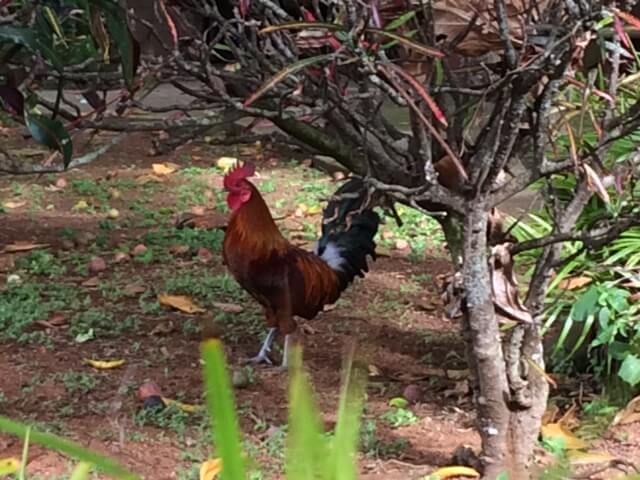
Kauai: Why Does the Chicken Cross the Road?
Like the famous Walmart Greeter, Kauai also has its own ubiquitous greeter. Meet him:
You hear the Rooster before you see him.
On the first morning, the greeters welcomed us to their resort. We were surprised and intrigued. I ran outside to see what was the matter. And found the wake-up alarm, just as he escaped into the flowers. Was he shy? Not really, it turns out.
When I boarded the plane in Seattle, I was eager for some awesome birding in Kauai. I never suspected the majority of my time would involve rooster-watching. But what is it that we birders love: the colors and the behaviors.
Just like my favorite Eurasian kingfisher, the junglefowl here has that same iridescent blue on its wings. Contrast that with the reds and oranges, and you are looking at some magnificent feathers.
Kilauea Point Nature Preserve is where birders go first
Here we spent a good deal of time looking up at the white-tailed tropic birds (a lifer, for us),
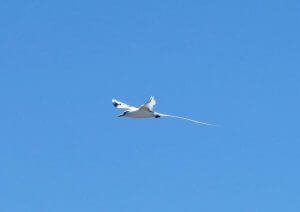
White-tailed tropic bird, pheathon lepturus, courtesy of Gail Hampshire
plus at the frigate birds, red-footed boobies, and Laysan albatross, all drafting on the considerable wind current. (So strong one of my earrings blew out of my ear and took flight.)
We caught a glimpse of the endangered Hawaiian goose—the Nene we missed on the Big Island. But they were soon run off.
And we found ourselves giving the Roosters on the ground equal time as they wanted us to look at their lighthouse.
Here, there, and everywhere
Birders consider it a bonus to find a flock instead of a one-off, so we relished the hundreds of boobies and albatross. We saw masses of roosters, too. Although, on Kauai the junglefowl were more of an organized syndicate than a flock.
At the Wailua River Lookout, they were waiting for us, or rather, for our lunch.
Agitated and pacing, they acted like we had arrived way too late for their liking.
And when our kayaks took us down the Wailau River the next day,
the ever-present curators of Kauai met us at Uluwehi Falls—again at lunchtime.
This serene place is also known as Secret Falls—well, secret to almost everyone except … guess who.
The location was closely guarded by the original Kauai royalty, who hid this freshwater source and its massive gardens because they meant survival in case of an invasion by other islanders.Tactics like this are why Kauai retains its pride in never having been conquered.
Roosters welcomed us to their Waimea Canyon. Though only fourteen miles long and one mile wide, Waimea Canyon
offers breathtaking views that rival the Grand Canyon. Each layer of color represents an era of lava flow.
We hoped to spot some lifers in the Arboretum at the end of the Wailua River. On my cell phone, we listened over and over to the call of the laughing thrush. And when we got out of the car, we heard it. Unmistakable. We tried to follow its call, but then the cock-a-doodle-dooing began and threw us off track. Opportunity lost.
After four days in Kauai, were we falling out of love with our hosts.
Kauai’s Expanding Population
We actually began to fear a take-over of this island. Roosters have roosted here for over a thousand years, but when they began to breed with domestic chickens, freed from coops after a 1992 hurricane, the population of feral fowl took off. We secretly began to contemplate their demise. With no natural predator, how could their lot be controlled?
The original Polynesians brought the red junglefowl to Kauai as game, yet no one eats them anymore considering their diet of bugs, roaches, and scraps. They are tough and stringy. Some compare them to pigeons.
What about blood sports? We happened to arrive in Hawaii during cockfighting season, which starts the week after Thanksgiving. While we are not annoyed enough to wish that fate on any creature, we got a sneak preview of their tempers while visiting The Spouting Horn.
Two roosters got into a fight and took it into the bushes, where the screaming was like something out of a horror movie. There were more eyes on the bush than on the Spout.
Though many people evidently get into the action and the betting, cockfighting is a misdemeanor in Hawaii. Yet, according to the local paper, The Garden Island, the laws are lax. However, the authorities are watching, and so the sport will not get out of control enough to curb the expanding population.
So why does the chicken cross the road?
Because after a thousand years on this island, he thinks he owns it.

